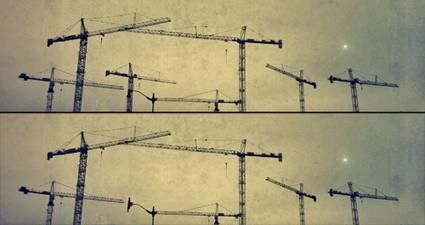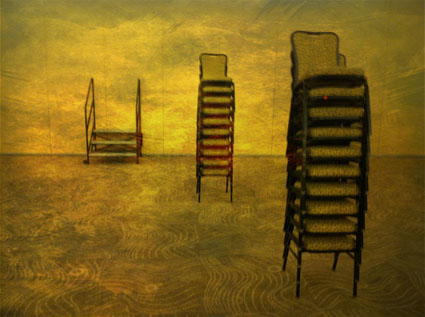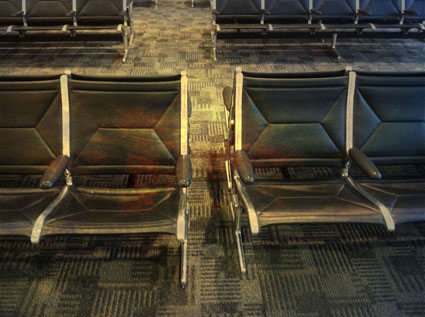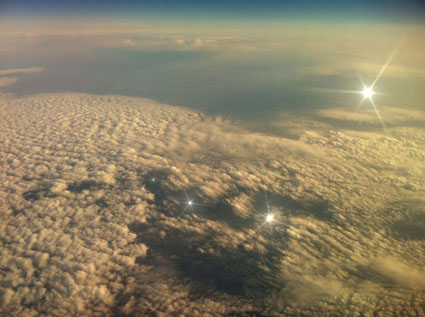
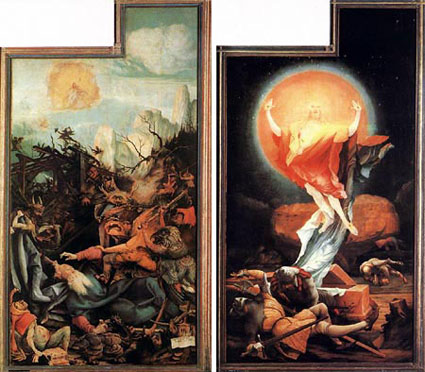
Despite a challenging relationship with the church, I still find the content in the Bible and the good acts it inspires extremely inspiring. I had strong spiritual feelings as a very young child and they’re still with me today. Many works of art inspired me, none more than Matthais Grunewald’s Isenheim Altarpiece. It’s a complex masterpiece. Two panels in particular mean a great deal to me. The Resurrection epitomizes the word beatific – transcendently wise, compassionate, and fulfilled. The Temptation of St Anthony is a riveting portrayal of a supreme test of that state and how it can survive and even be strengthened by confrontations with the darkest negativities.
I see images like Grunewald’s Isenheim Altarpiece and I feel called to try and rise to some small measure of this greater state of being. Achieving this depth of perspective and strength of expression is a primary goal of my life/art. For me, making art is a call to learn and put that learning into practice.
Read more about my influences here.




